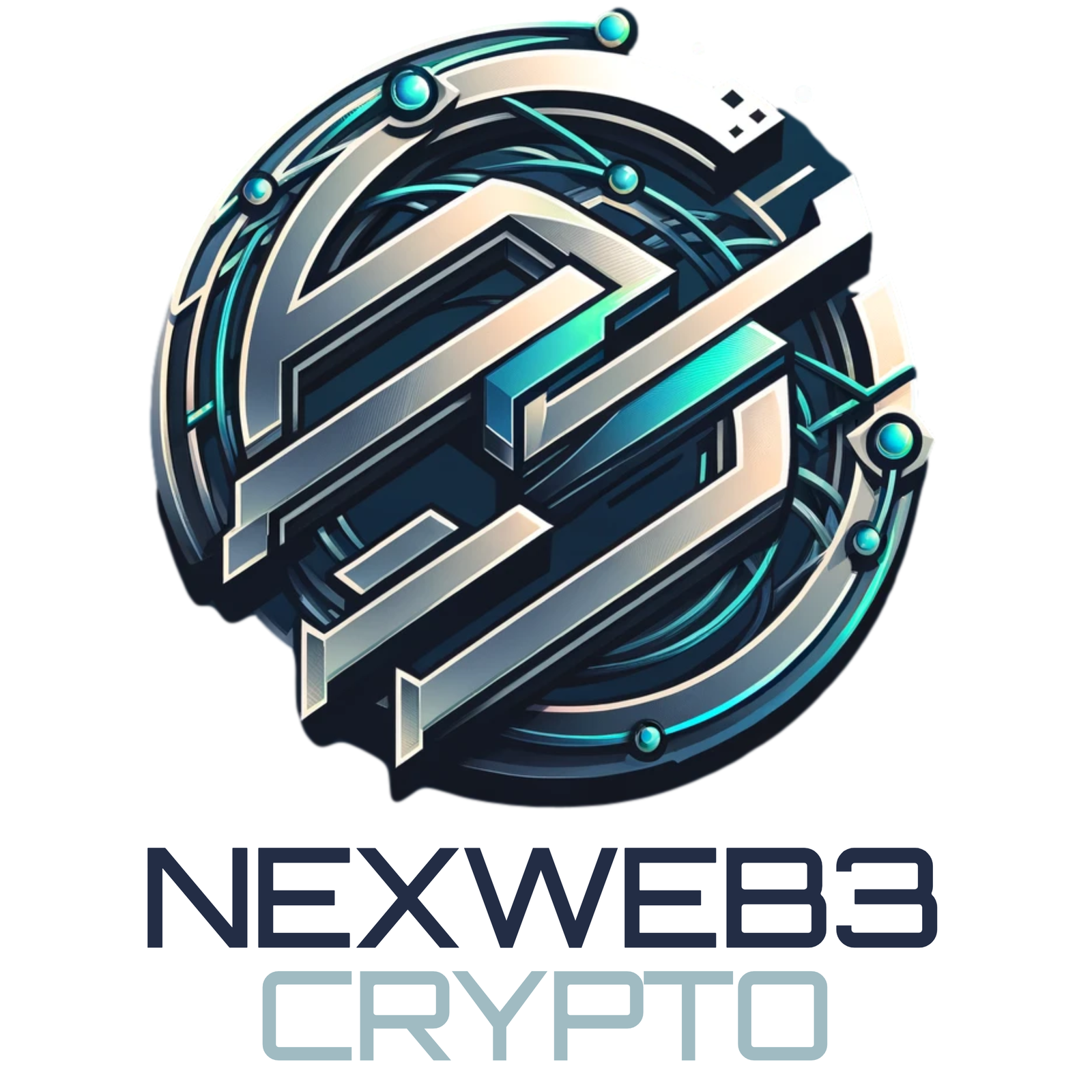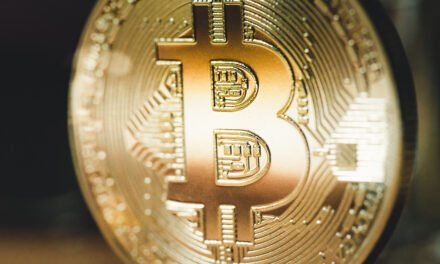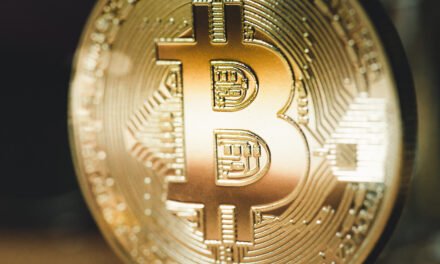In the dynamic world of finance where change is constant stable coins have emerged as a vital tool aimed at bridging traditional banking systems with digital currencies. These unique assets are designed to maintain stability by being pegged against fiat currencies like US dollars or commodities such as gold. By providing an unwavering medium for exchange these coins serve as essential foundations during times when economic uncertainty looms large.
Market volatility can be a major concern for both investors and consumers alike. Fluctuating prices often lead to panic selling or hesitant buying, which in turn hinders growth as well as confidence within traditional markets along with cryptocurrencies. This is where stable coins come into play – they provide an essential safe haven during times of turbulence by mitigating risks associated with price swings. By enabling traders to convert their unstable assets into something more reliable it encourages investment while fostering trust in digital currencies overall.
Stable coins come in various flavors, each with its unique benefits. We can broadly classify them into three categories: fiat collateralized stablecoin (such as Tether or USD Coin), crypto collateralized stablecoin (like MakerDAO’s DAI) and algorithmic stablecoin that relies on smart contracts for managing supply/demand without needing any collateral at all.
The advantages of these different types vary significantly depending on their design principles – some may offer greater transparency while others provide better stability during times of market volatility. Ultimately it comes down to individual preferences when choosing which type works best for your needs.
Overall the choice between these options depends on what you value most from a stable coin provider – whether it be security through traditional currency backing or innovation via blockchain technology driven solutions.
The beauty of cryptocurrency lies in its ability to offer a diverse range of options that cater to different preferences and risk tolerances. Users can choose between fiat backed or crypto based alternatives depending on their needs – with each offering unique benefits such as transparency (fiat) versus flexibility within decentralized ecosystems (cryptos). This empowers users while also promoting healthy competition among providers who must strive for excellence if they want customers’ loyalty. Ultimately this leads towards better services overall!
The importance of stable coins cannot be overstated when it comes to promoting financial inclusion and accessibility across different demographics worldwide. Traditional banking systems often exclude underserved populations who lack basic financial services due to their inability to meet certain requirements or pay high fees for transactions. This presents an opportunity: by leveraging blockchain technology through the use of stablecoins individuals can engage in secure transactions without facing exorbitant costs associated with conventional banks’ regulations. The potential benefits are immense as more people gain access to financial freedom that was previously unavailable them beforehand.
For those living in remote regions with limited access to banking infrastructure stable coins offer a solution that enables them to securely send money home or save without relying on intermediaries who may not have their best interests at heart. This democratization of the global economy opens doors for countless individuals who were previously excluded from participating due to lack of resources and opportunities. With just an internet connection people can now take advantage of this innovative technology and become part of something bigger than themselves – the worldwide financial system!


The future of finance appears to be one where stable coins will hold significant importance in constructing robust economic structures. As governments worldwide explore Central Bank Digital Currencies (CBDCs) private sector innovations are set to continue alongside these initiatives – fostering an environment that balances stability with progressiveness. The potential benefits of this approach could have far reaching implications for global economies and financial systems alike. With so much at stake its clear why many experts believe stablecoin adoption is critical if we want a more resilient economy moving forward.
The potential for these versatile assets is vast – from facilitating cross border trade to simplifying remittance processes. By streamlining complex procedures that once took days or incurred high fees into mere moments at minimal costs they could transform the global economy through increased efficiency gains. As such we stand poised on the brink of a new era driven by their capabilities.
As we navigate through an increasingly unpredictable market landscape characterized by uncertainty and disruption embracing innovations like stable coins becomes crucial for ensuring financial stability. This will ultimately lead us towards creating a more inclusive and resilient economic future that benefits everyone involved. The need to prioritize these technological advancements cannot be overstated if we want our economy to thrive in the years ahead.







